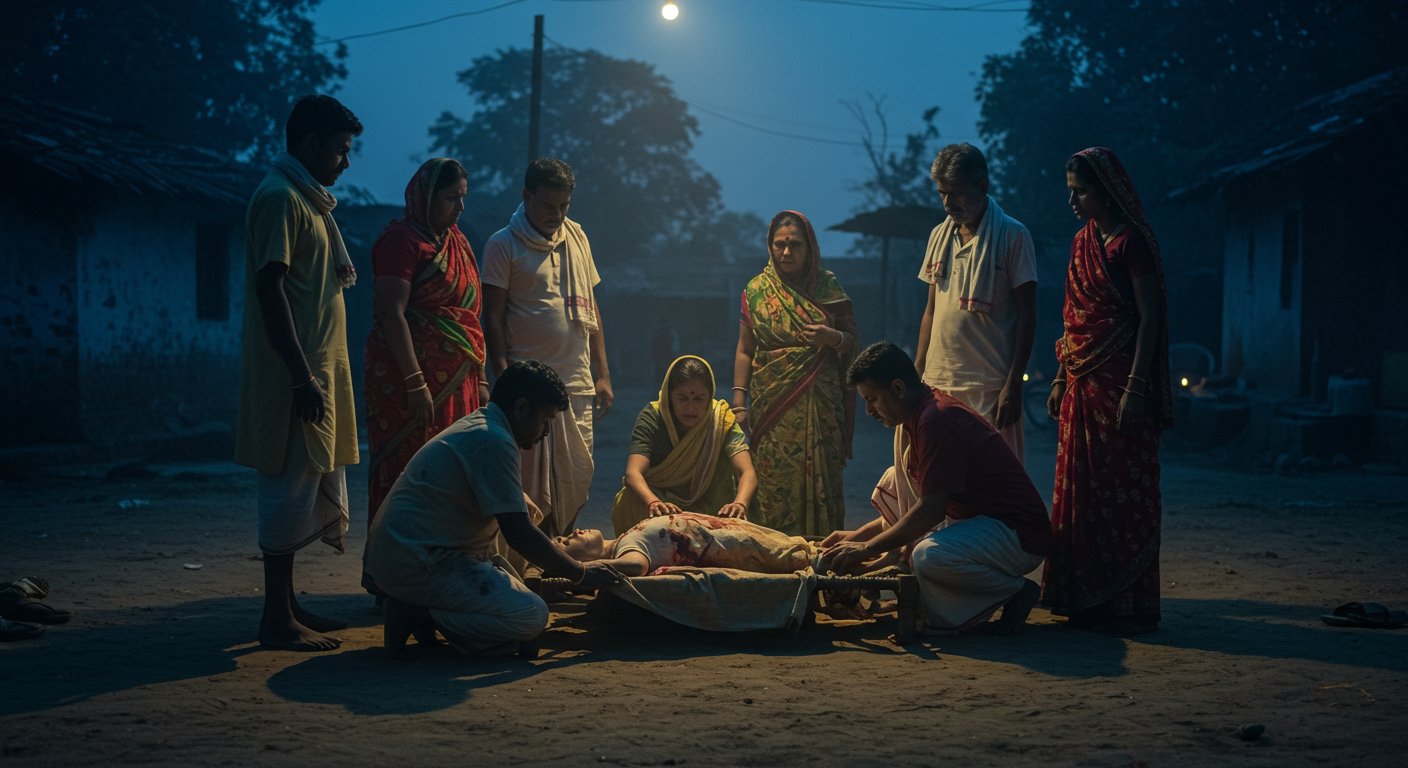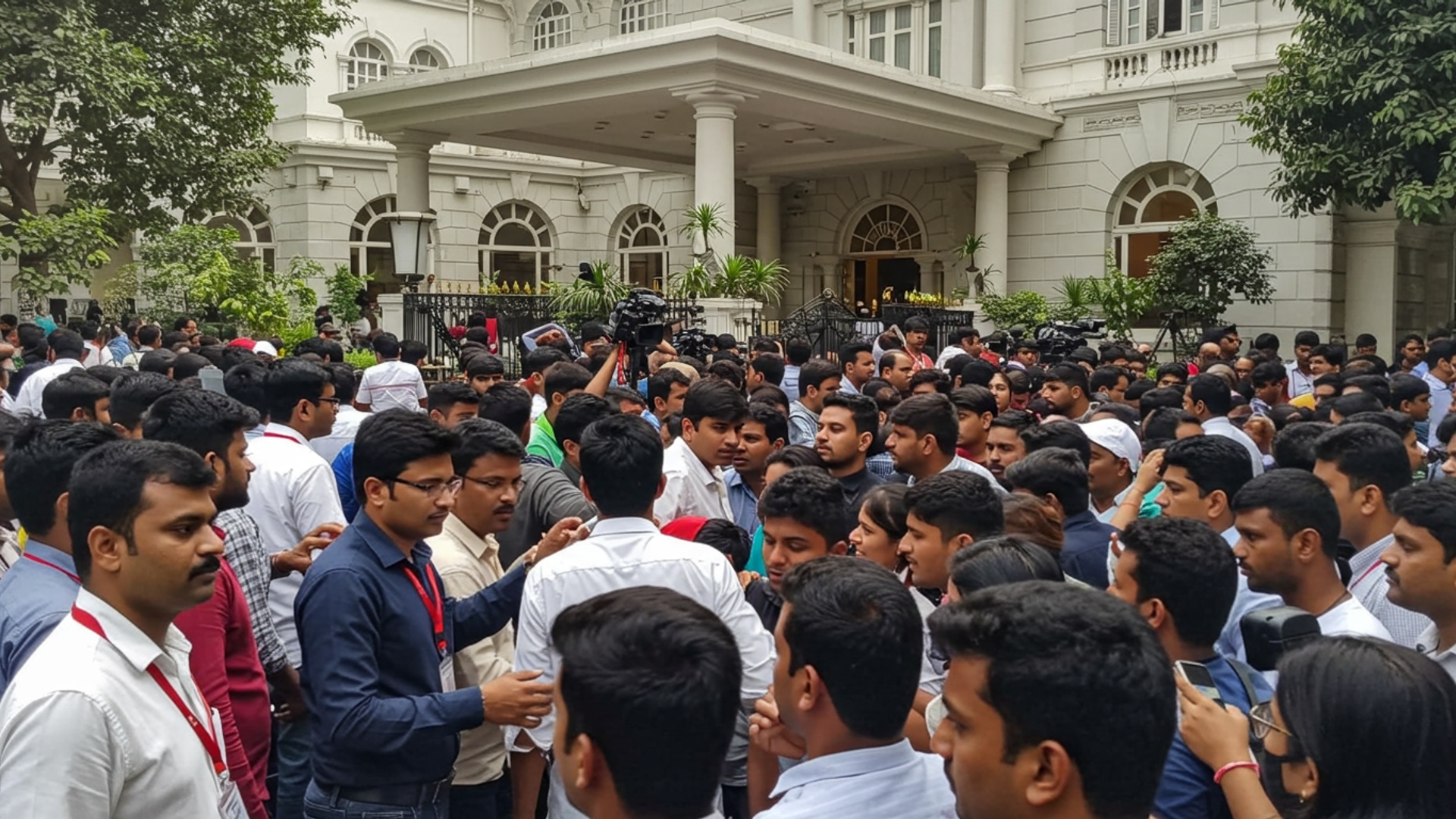Heavy monsoon rains relentlessly pound Bihar, turning once-dry land into a vast, dangerous sea as districts across the state vanish under rising floodwaters. Millions of people now face a desperate struggle for survival, forced from their homes with little warning. The devastating floods have submerged entire communities, leaving countless families stranded and urgently needing help. This crisis intensifies daily, with emergency teams battling overwhelming odds to reach those cut off by the relentless deluge, as the state grapples with one of its worst natural disasters in recent memory.
Widespread Water Everywhere
Heavy monsoon rains have caused severe flooding across several districts in Bihar, leading to widespread disruption and forcing millions of people from their homes. Rivers like the Ganga, Kosi, Gandak. Bagmati are flowing much higher than their usual safe levels, with many crossing the danger mark. Water has swamped towns and villages, making roads impassable and cutting off communities. As of mid-August 2025, reports indicate that over 2. 5 million people have been affected by these floods across at least ten districts. Some reports even state that 24 districts are impacted, with around 1. 7 million people affected.
The worst-hit areas include districts such as Bhagalpur, Begusarai, Munger, Bhojpur, Patna, Vaishali. Khagaria. In Bhagalpur alone, more than 450,000 people are dealing with the flood’s challenges. Many city parts, including the university campus and engineering college, are under water. Across the affected regions, countless people have had to leave their submerged houses and seek safety on higher ground, often along highways or in makeshift shelters.
Lives Uprooted and Homes Gone
The floods have brought immense hardship to the people of Bihar. Homes have been destroyed or badly damaged. families have lost all their belongings. The waters have covered vast areas of farmland, ruining standing crops and leading to big losses for farmers. Many farm animals, including cattle and chickens, have drowned, adding to the financial troubles of rural families. This widespread damage to farms and homes means many people have lost their way to earn money.
Beyond the immediate destruction, the floods also lead to people moving away from their villages to find work and safety. The lack of clean water and proper toilets has also become a major problem. Many village toilets are broken, forcing people to relieve themselves in the open, which can lead to health risks. The destruction of schools in affected districts, with reports of 776 schools seriously damaged, also means children’s learning has stopped.
Helping Hands Reach Out
In response to the severe flood situation, the state government, along with disaster relief teams and other groups, has stepped up efforts to help those affected. Chief Minister Nitish Kumar has held meetings to review the ongoing rescue and relief work. The Chief Minister has also announced financial help, with 7,000 rupees being given to each flood-affected family in areas like Bhagalpur.
Rescue teams from the National Disaster Response Force (NDRF) and State Disaster Response Force (SDRF) are working around the clock. They are using many boats, including motorboats and smaller rowboats, to take people out of flooded areas to safety.
To ensure people have food, many community kitchens have been set up. For example, 321 such kitchens are running across various affected districts, feeding around 371,000 people daily. In Bhagalpur alone, 186 community kitchens have served meals to over 767,000 people.
Relief camps have also been set up, providing temporary shelter to thousands. Aid workers are distributing dry food packets and plastic sheets for shelter to those who have lost their homes. Special arrangements are also being made to provide food for livestock.
Health Concerns Rise
The widespread flooding and stagnant water have created serious health worries across the affected districts. The mixing of floodwaters with sewage has contaminated drinking water sources, raising the risk of waterborne diseases. Health experts are concerned about the rapid spread of illnesses such as cholera, dysentery. typhoid.
Also, the large amounts of standing water are perfect breeding grounds for mosquitoes. This increases the threat of vector-borne diseases like malaria and dengue, especially in districts like West Champaran and Darbhanga. Medical teams are working to reach people in relief camps and affected villages. Health camps have been set up, where sick people, including children and pregnant women, are being treated and vaccinated. Efforts are also being made to clean handpumps and restore proper water supply systems to provide safe drinking water. Health workers are distributing bleaching powder and chlorine tablets to help clean water at home and stop the spread of sickness.
Why This Happens Every Year
Bihar faces floods almost every year. this is mainly because of its unique geography. The state is located downstream from Nepal. many powerful rivers like the Kosi, Gandak. Bagmati flow from the Himalayan mountains in Nepal into Bihar. These rivers carry a lot of soil and sand from the young Himalayan mountains. When the rivers reach the flat plains of Bihar, they slow down. this soil and sand settle at the bottom, making the riverbeds higher over time. This makes it easier for the rivers to overflow their banks, especially during the monsoon season when there is heavy rain in Nepal and Bihar.
Building embankments (high walls) along the rivers was meant to control the floods. But, in some cases, these embankments have made the problem worse by trapping more soil and sand within the river’s path, causing the riverbeds to rise even faster. Also, water released from dams in Nepal can quickly increase river levels in Bihar. Some parts of Bihar also have areas that easily get waterlogged permanently due to poor drainage and natural low-lying lands called ‘Chaurs’. About 76% of North Bihar’s population lives with the constant threat of these floods.
Looking Ahead
As the floodwaters slowly begin to go down in some areas, the focus will shift from rescue to helping people rebuild their lives. The task of recovery is huge. It involves cleaning homes, repairing roads. getting back to farming. The government has promised to pay money for damaged crops and help fix roads to ensure people can move around easily again. But, the yearly floods highlight the need for long-term plans to deal with this problem. This includes better ways to manage river water, especially with Nepal. improving drainage systems in towns and villages. Aid organizations are also looking at how to best help people for the long run, including providing support for rebuilding houses and ensuring communities are better prepared for future floods. Protecting the health of affected people and preventing disease outbreaks remains a top priority as water recedes.














